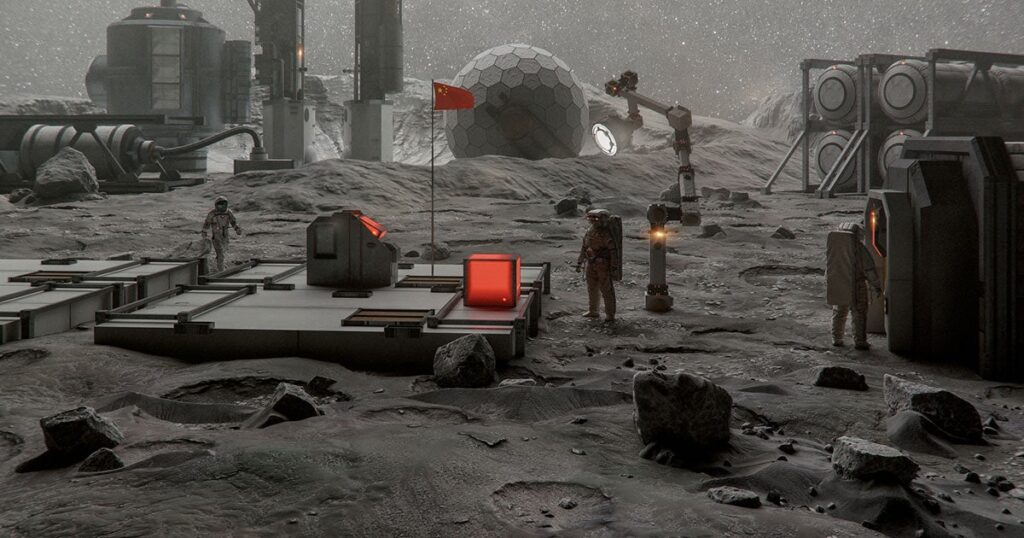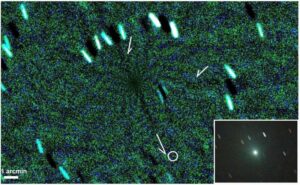
Chinese scientists have made significant strides in lunar exploration by developing a method to extract water, oxygen, and potentially rocket fuel from lunar soil. This advancement, detailed in a paper published in the journal Joule, outlines a novel “photothermal strategy” that converts light into heat. This process can effectively transform carbon dioxide from extracted water into usable gases, including carbon monoxide and hydrogen, which could support human life on the Moon and facilitate long-term space exploration.
The researchers emphasize the importance of utilizing local resources for sustainable human presence beyond Earth. They highlight the economic challenges of transporting water from our planet, which costs approximately $83,000 per gallon. The team, led by researchers from the Chinese University of Hong Kong, Shenzhen, aims to simplify existing methods for extracting water from lunar regolith, which are often energy-intensive and do not fully break down water into its constituent elements.
Lu Wang, a professor at the Chinese University of Hong Kong, Shenzhen and coauthor of the study, expressed his surprise at the effectiveness of their integrated approach. “We never fully imagined the ‘magic’ that the lunar soil possessed,” he stated. He further noted the success of combining lunar water extraction with photothermal carbon dioxide catalysis, enhancing energy efficiency while reducing costs and complexity.
Challenges Ahead for Lunar Resource Extraction
The research team conducted experiments using samples collected during China’s Chang’E-5 mission, which launched in November 2020. These samples were gathered from the northwest region of the Moon’s near side. While the laboratory results were promising, the researchers acknowledge that extracting and converting water on the lunar surface presents numerous challenges. Issues such as radiation exposure, low gravity, and extreme temperature fluctuations could complicate the practical application of their findings.
Despite these obstacles, the advancements reflect the rapid progress of the Chinese space program. In the past two decades, China has transitioned from a relative newcomer in the space race to a nation capable of sending its own astronauts into space. As the country sets ambitious goals for establishing a Moon base by 2035, it may be poised to rival, or even surpass, the United States in space exploration.
The ongoing research into lunar resource extraction not only underscores China’s technological capabilities but also offers a glimpse of the potential for sustainable human habitation beyond Earth. As scientists continue to explore the Moon’s resources, the dream of a permanent human presence on the lunar surface becomes increasingly tangible.







